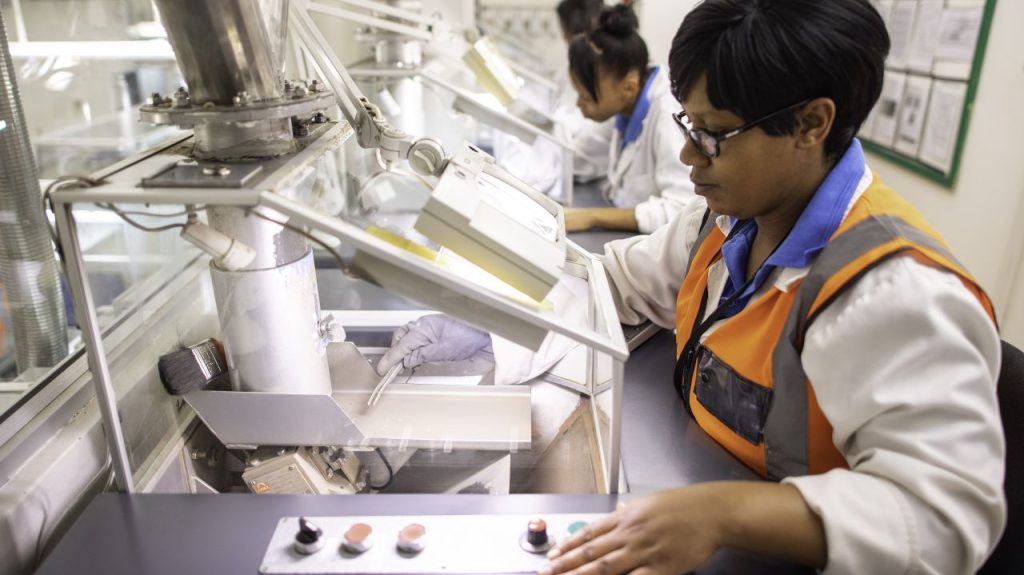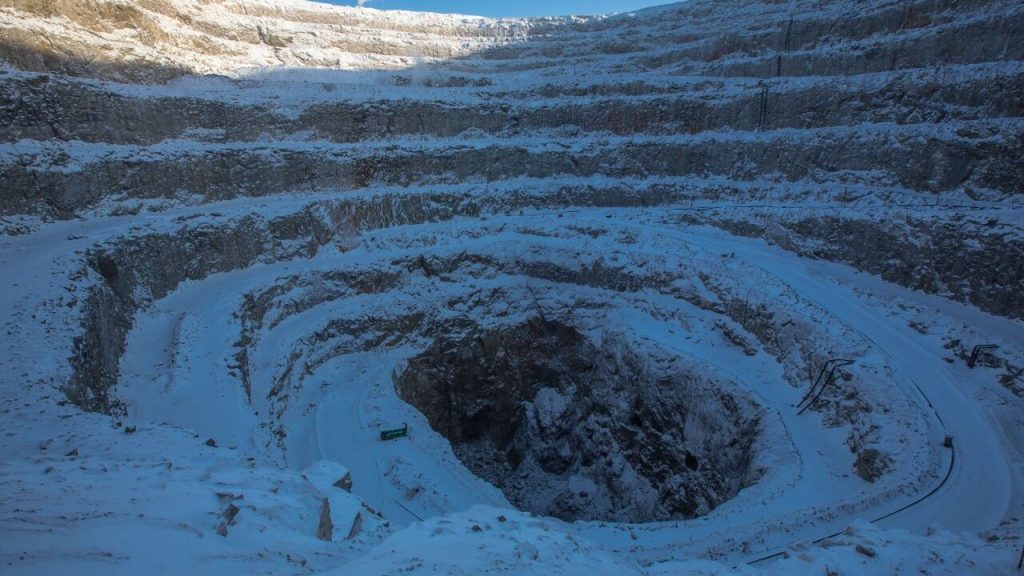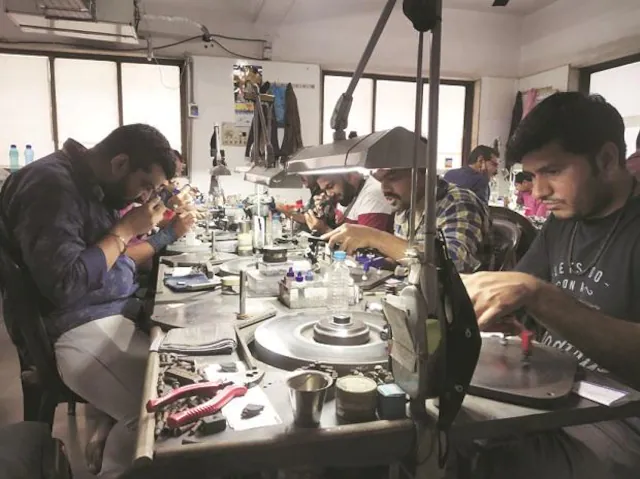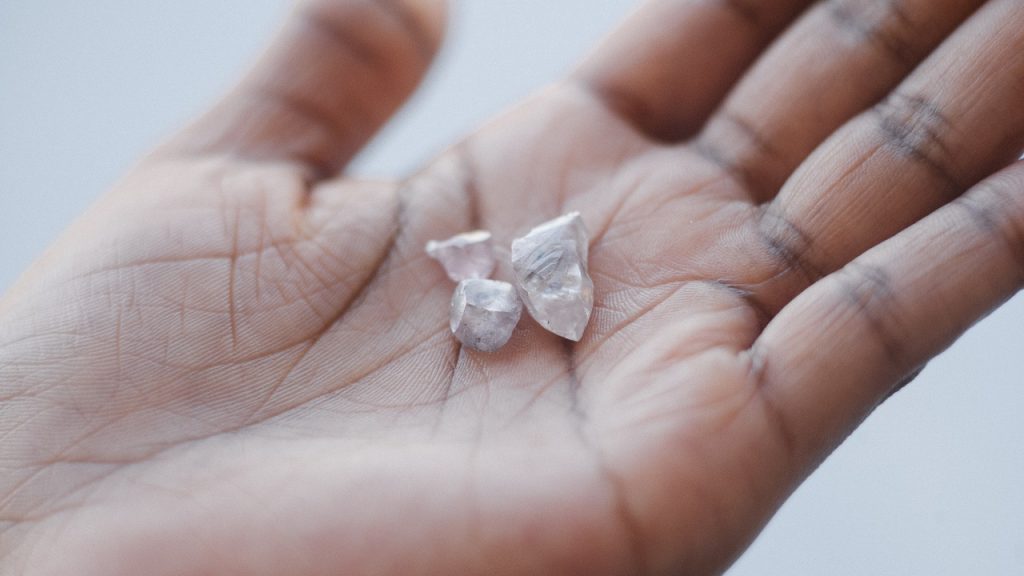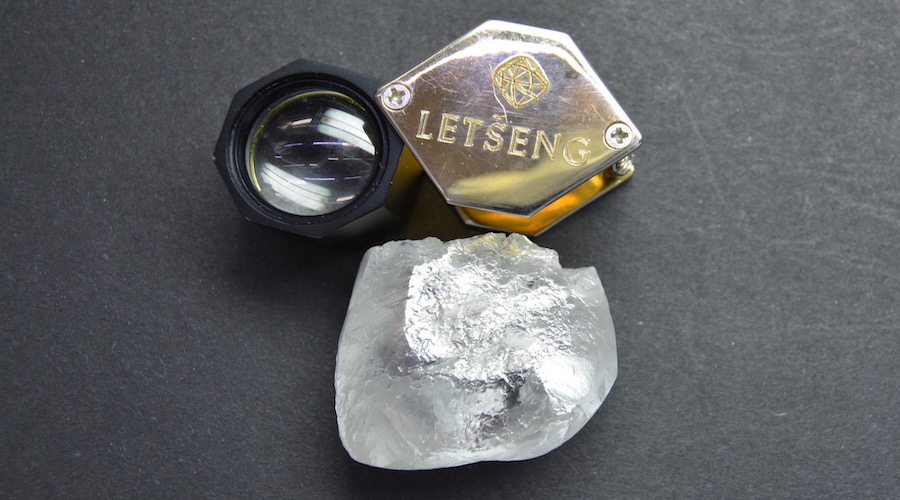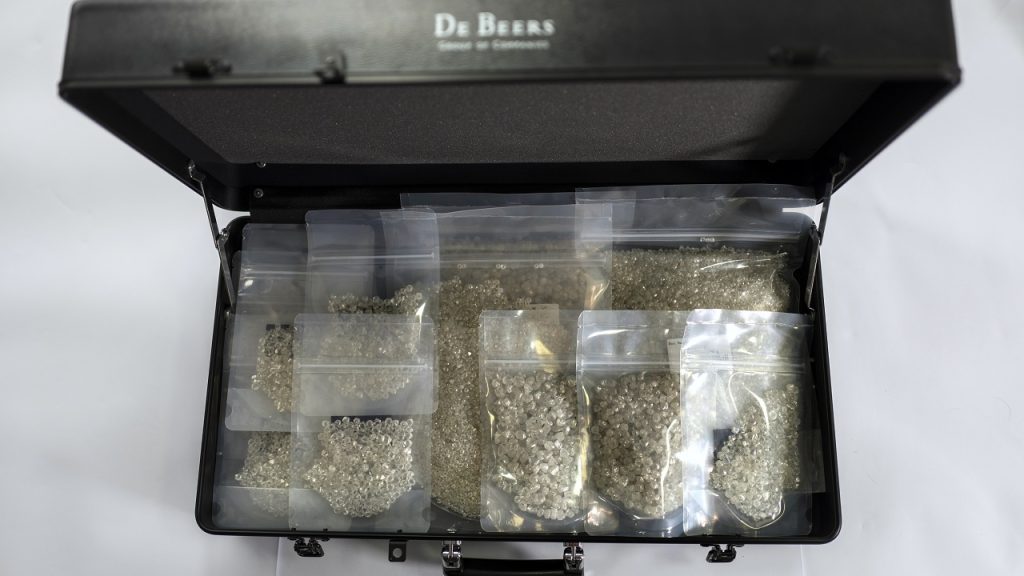
On Monday, De Beers’ customers turned up at the first day of the miner’s January sight to find rough prices were down by an average of 10% to 15%. The reductions were more drastic than many had predicted.
The drops ranged from slight adjustments for the more in-demand smalls, all the way to an estimated 20% to 25% cut for 2- to 4-carat, lower-clarity rough, sources said.
Sightholders usually celebrate a price decrease, since their margins can be thin at the best of times. But, immediately, the industry started asking the obvious question: Will this cause polished prices to fall?
The basic assumption is that cheaper raw materials mean cheaper end products. Yet the situation with diamonds is more complicated.
First, there are different ways of pricing polished. You can sell based on the current cost of replacing the goods — a method that would imply polished prices should fall, since De Beers rough is now cheaper. However, it’s also possible to price according to the input cost, with the vendor aiming for a certain profit based on how much the rough actually cost. This would, in theory, mean the latest drop in rough prices would not impact polished until around March, when the new, cheaper material enters the market as polished.
Still, most sightholders that spoke to Rapaport News this week don’t expect polished prices to suffer — though the people who buy their polished might disagree. The miner’s move, sightholders argue, was merely an adjustment to polished-price levels and to the price of rough at open tenders and auctions.
De Beers had priced its goods some 15% higher than the rest of the rough market, as it chose to sell less volume since August rather than discounting during the market slump. Its last significant price decrease before this was in July 2023. Since the start of that month, the RapNet Diamond Index (RAPI™) for 1-carat diamonds has fallen 12.5%.
Price drops at De Beers are not always in sync with the market. In recent years, the company has held off reducing prices until crises have eased, as it did in 2020 following the first round of Covid-19 lockdowns. De Beers sold just $216 million in rough at its last two trading sessions of 2023 as it followed this policy amid weak demand.
But the company needs revenue after incurring a loss in the second half of last year. It appears to have chosen the market improvement as an opportune time to stimulate sales.
“In the final quarter of 2023, we saw some stabilization in polished prices, including a number of areas of natural polished now starting to see some price increases,” a De Beers spokesperson said in a statement Wednesday. “Following this stabilization, we have realigned our rough-diamond trading activities, in terms of prices, volumes and supply flexibility, to reflect prevailing industry conditions.”
With the market in flux, De Beers also showed sightholders sample assortments of rough diamonds that indicated the types of goods and prices customers can expect for this year. Based on these so-called “to see” boxes, sightholders were able to apply for additional goods if their need for rough has increased since they submitted their supply applications in mid-December, the spokesperson explained.
However, market participants expect total sales at the sight of $300 million to $400 million — low for January, which is usually a time of post-holiday restocking. The recent season in the US was okay, but Chinese demand remains slow.
Whether sightholders maintain this cautious approach — and De Beers doesn’t sell too much — will be crucial. Excessive buying could lead to a repeat of last year’s oversupply, which ended with India’s two-month voluntary freeze on rough imports. During the recent crisis, De Beers continued selling — albeit at lower volumes — even when competitor Alrosa canceled sales.
At the January sight, De Beers also removed the extra concessions that had allowed sightholders to refuse goods in the final sights of last year without being penalized. The end of this flexibility increases the danger that goods will flood the market and that manufacturers will sell polished cheap to increase cash flow and raise money for rough.
The fact that De Beers diamonds remain relatively expensive could itself support polished prices, since sightholders have no room to offer further discounts.
“There’s no hooray if you look at those prices,” said one sightholder, noting that even the new rates will probably enable businesses to break even rather than turn a significant profit. “It’s just aligning with [reality]. It’s not like you’re going to make 10% [profit].”
Another sightholder agreed the reductions didn’t go far enough — but believed it would likely be up to the trade to drum up polished demand rather than expect further cuts to rough prices.
“If anybody thinks this is a price reduction — no, it’s a halfway correction, and not even achieving the final goal,” he asserted. “But I also believe they won’t do much [in terms of price cuts] after this. I think their expectation is: ‘Listen, we got you 60% of the way. The other 40%, you guys have to jump up now.’”
Source: DCLA

